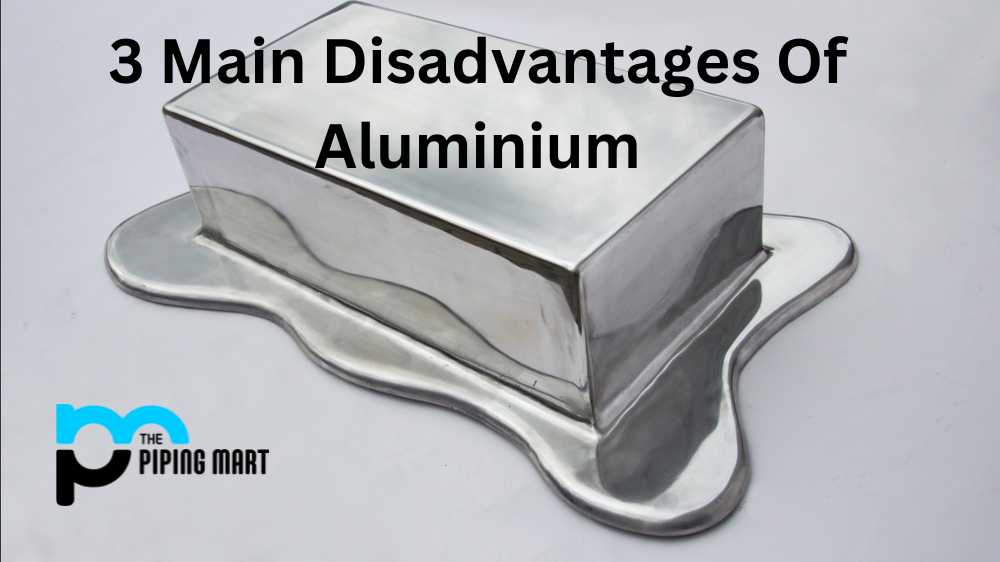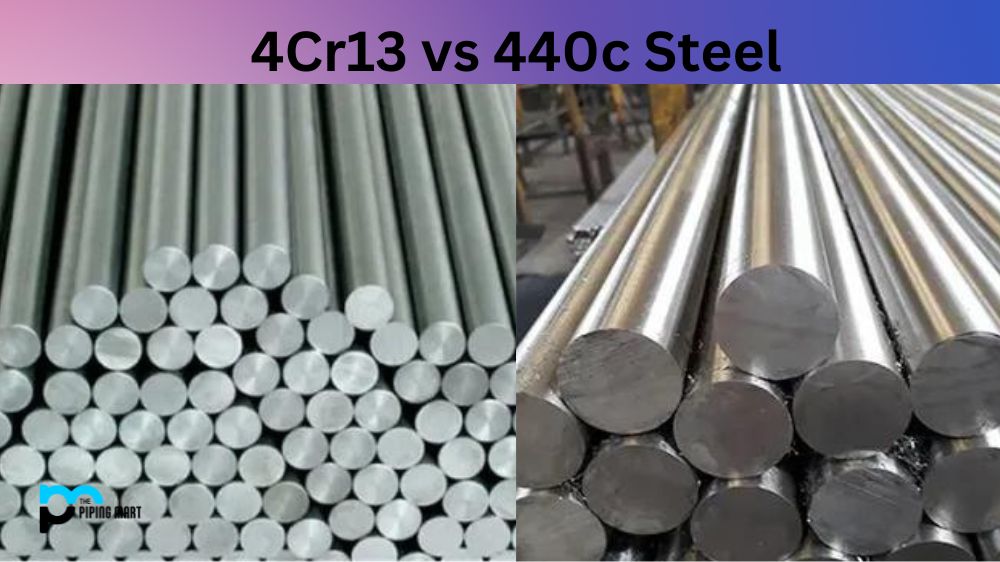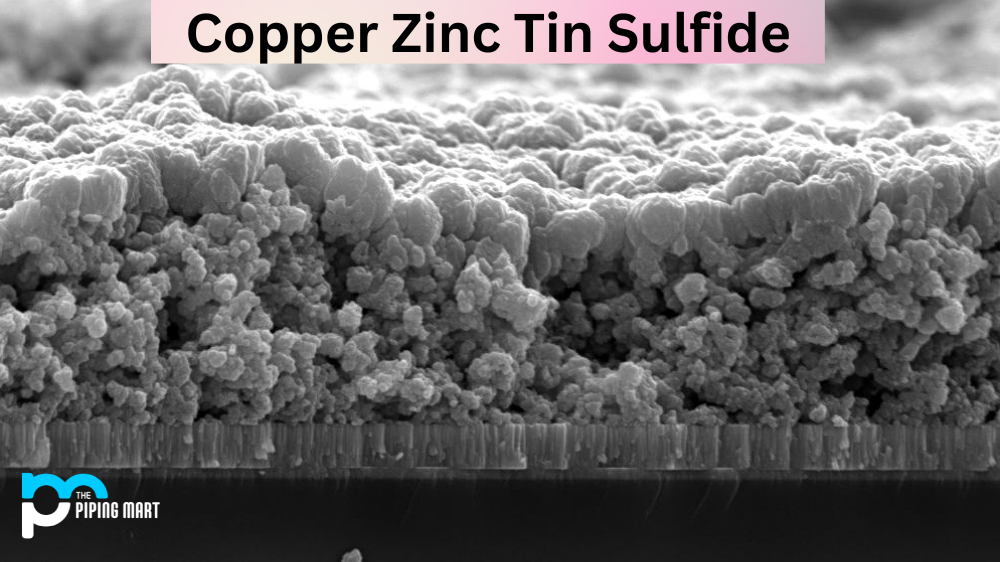What is Aluminium?
Aluminum is the 13th element in the periodic table and is a silvery-white metal. One surprising fact about aluminum is that it is the most common metal on the planet, accounting for more than 8% of the Earth’s core mass. It is also the third most abundant chemical element on Earth, after oxygen and silicon. Pure aluminum, on the other hand, does not exist in nature because it easily binds with other elements. This is why it was only recently that people became aware of it. Formally, aluminum was produced for the first time in 1824, but it took another fifty years for people to learn how to produce it on a large scale.
Disadvantages Of Aluminium
Costly
Unfortunately, aluminum is more expensive than some other materials, such as steel. Furthermore, because it cannot withstand the same stresses as steel, more of it is required to ensure the structure’s strength is viable, which means that using it in some designs may cost more in the long run.
Strength
Second, although aluminium is strong for its weight and resistant to corrosion, it does not possess the same strength as steel or other heavy-duty structural materials; making it unsuitable for certain projects where higher load capacity is needed.
Welding difficulty
Regardless of the benefits, the aluminum welding process is still time-consuming. For starters, it has a lower melting point than other metals. As a result, the material tends to burn before melting. Second, aluminum has a high thermal expansion coefficient, which causes serious problems during the welding process. Furthermore, when aluminum is molten, it absorbs hydrogen, and when it returns to solid form, the bubbles are left behind, making it porous. Then, because it has a high affinity for oxygen, the oxides must be cleaned before the welding process can begin. All of these factors combine to make aluminum difficult to work with.
Weak
Although aluminum has a good strength-to-weight ratio, steel takes the lead when only strength is considered. As a result, steel is used instead of aluminum for projects where weight is not an issue. Aluminum is also ductile and highly malleable, which is a disadvantage because structures made of aluminum are easily dented and scratched. Steel is once again a good choice for projects that require stronger structures.
Fastener Joints
Finally, one of the most well-known drawbacks of using aluminium involves fastener joints that are prone to galvanic corrosion when coupled with dissimilar metals (such as steel). To prevent this issue from occurring, special anti-corrosion preparations must be used prior to assembly.

Pipingmart is a B2B portal that specializes in metal, industrial and piping items. Additionally, we share the latest information and information about materials, products and various types of grades to assist businesses that are involved in this business.




